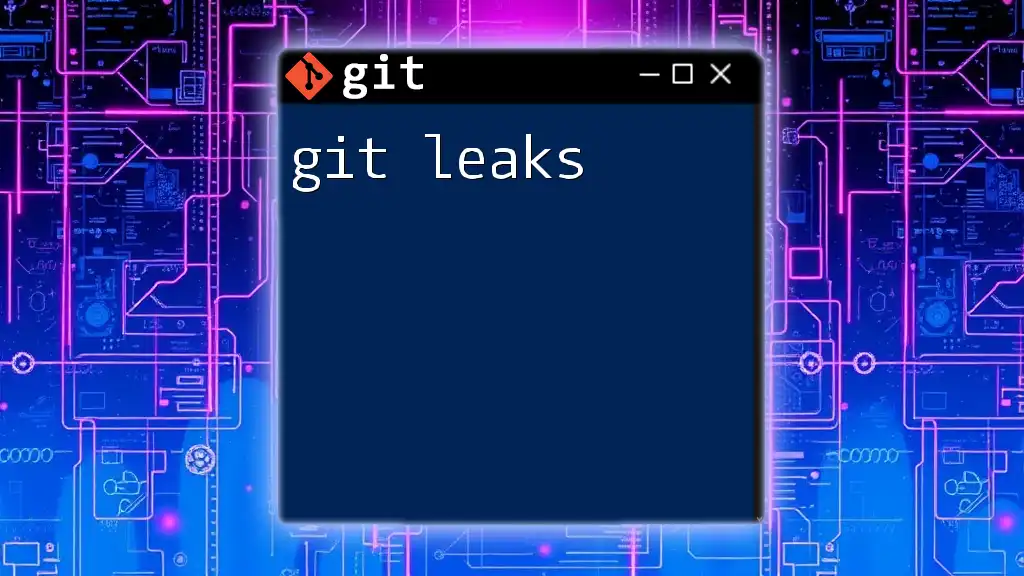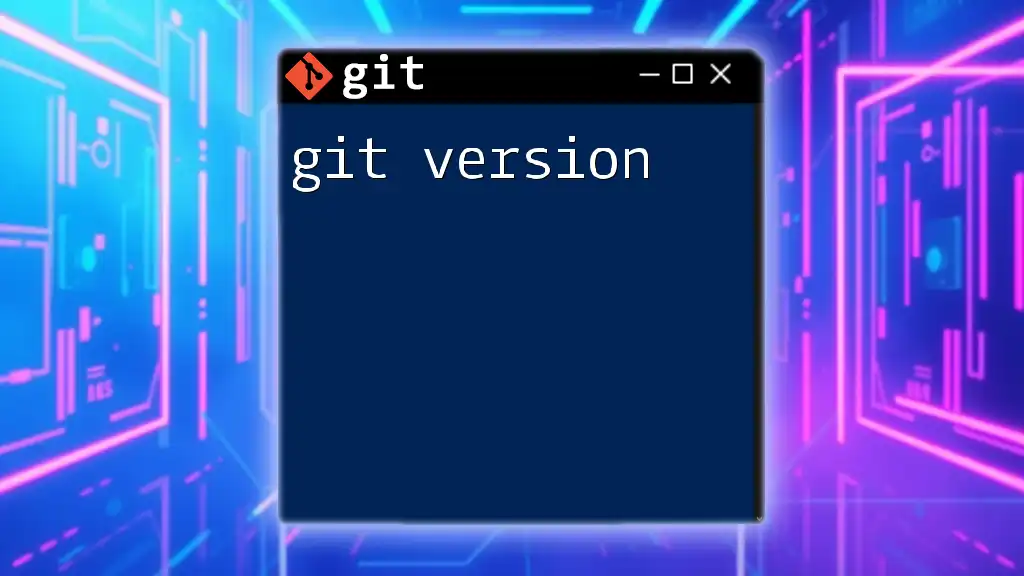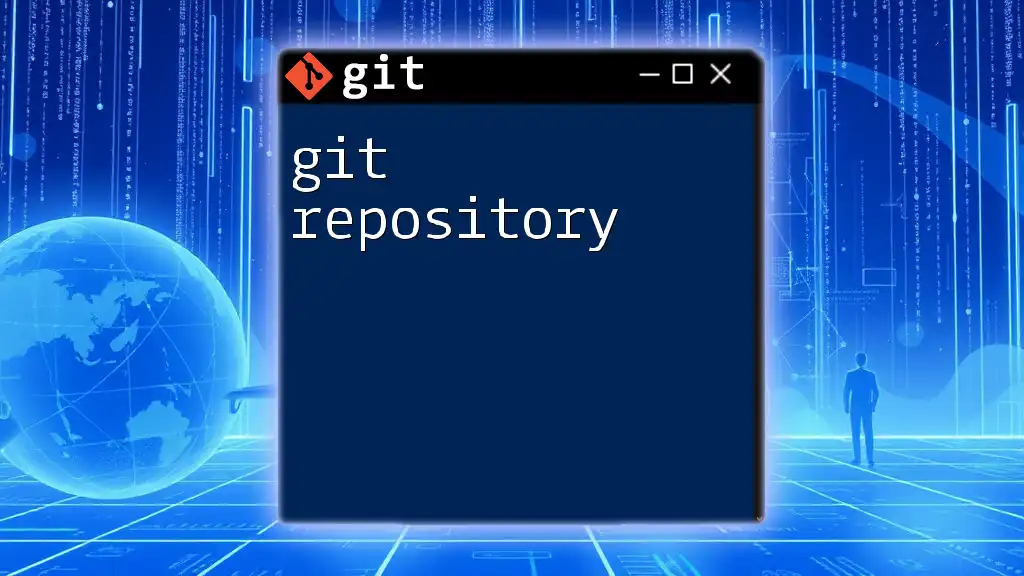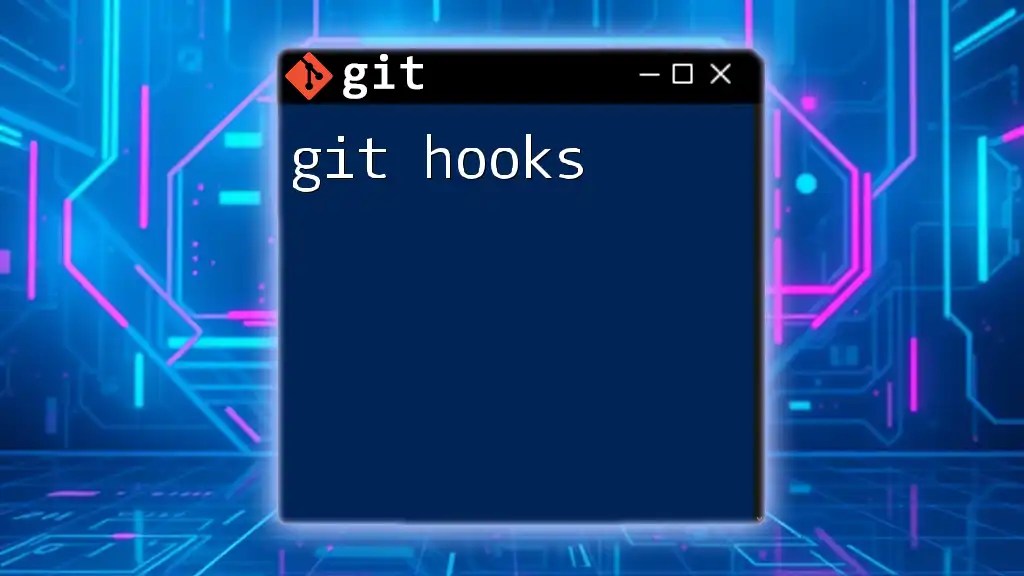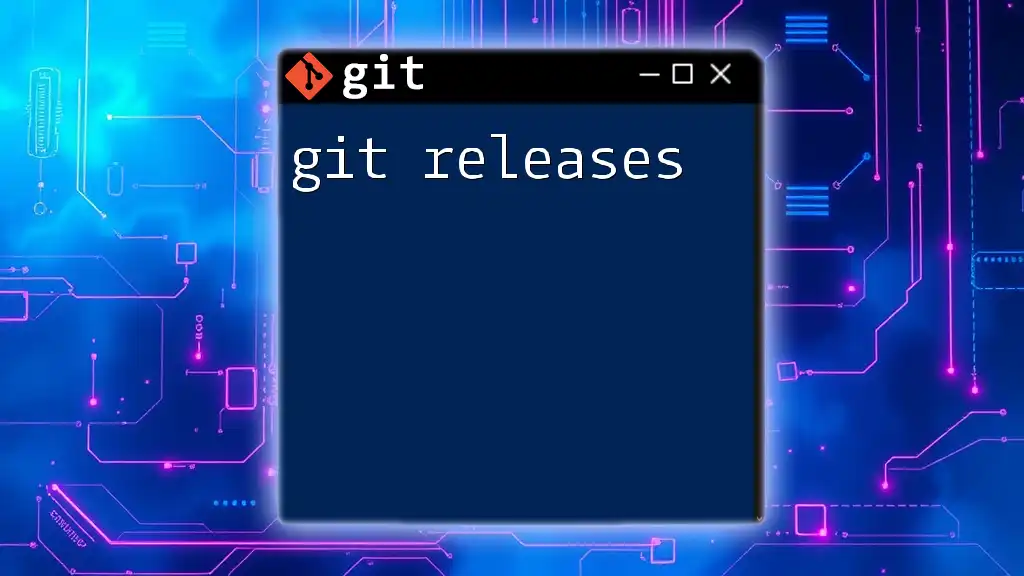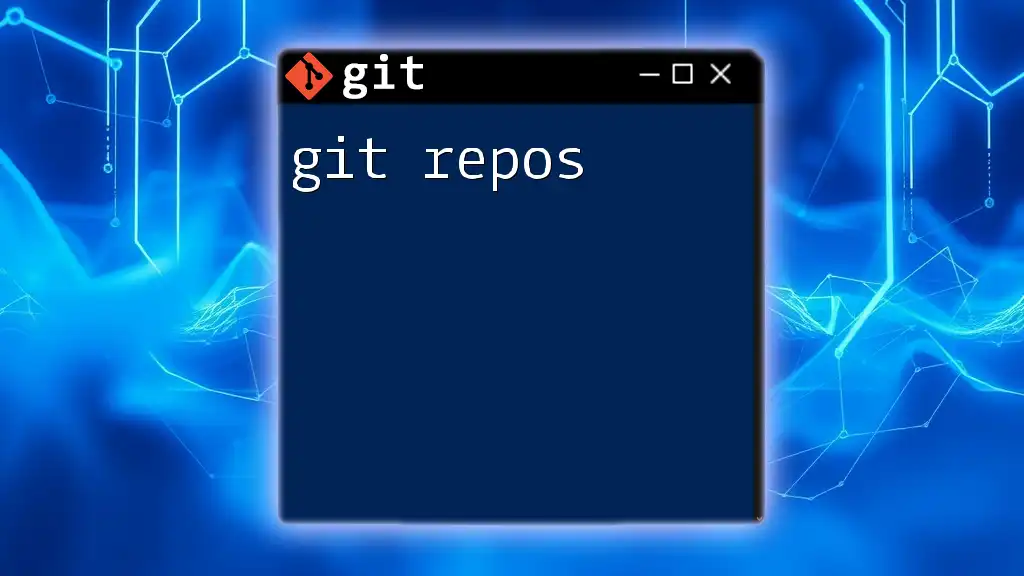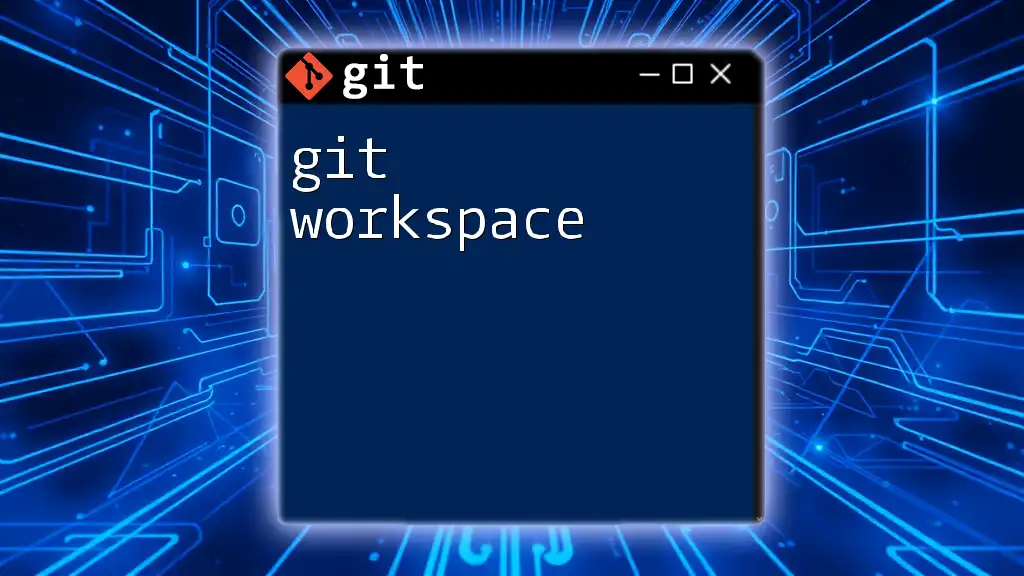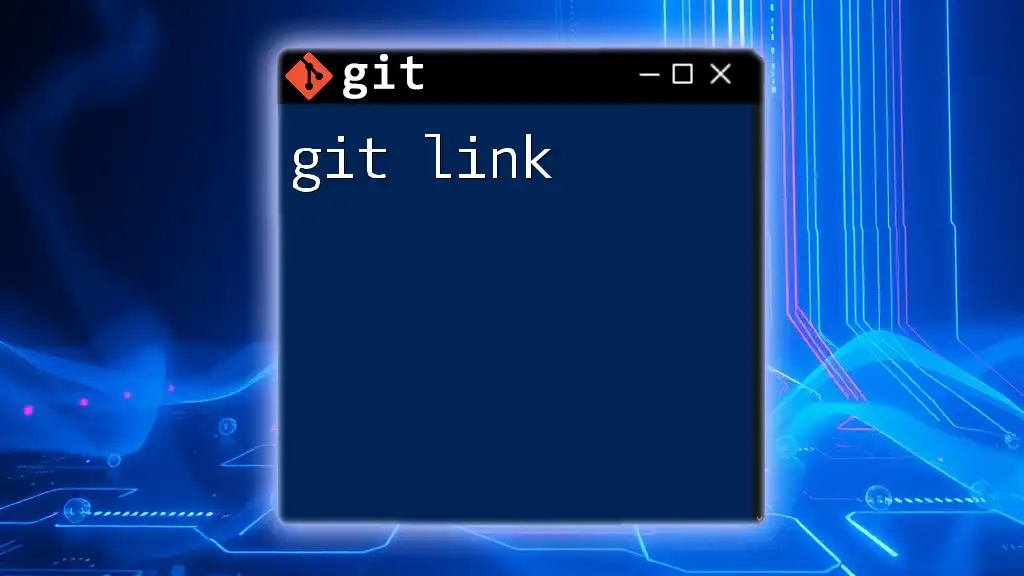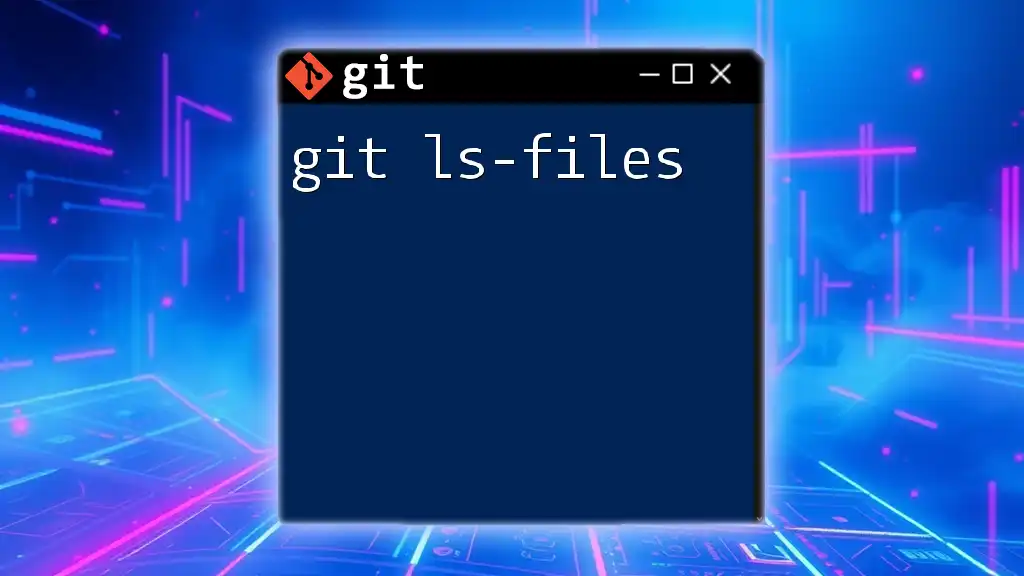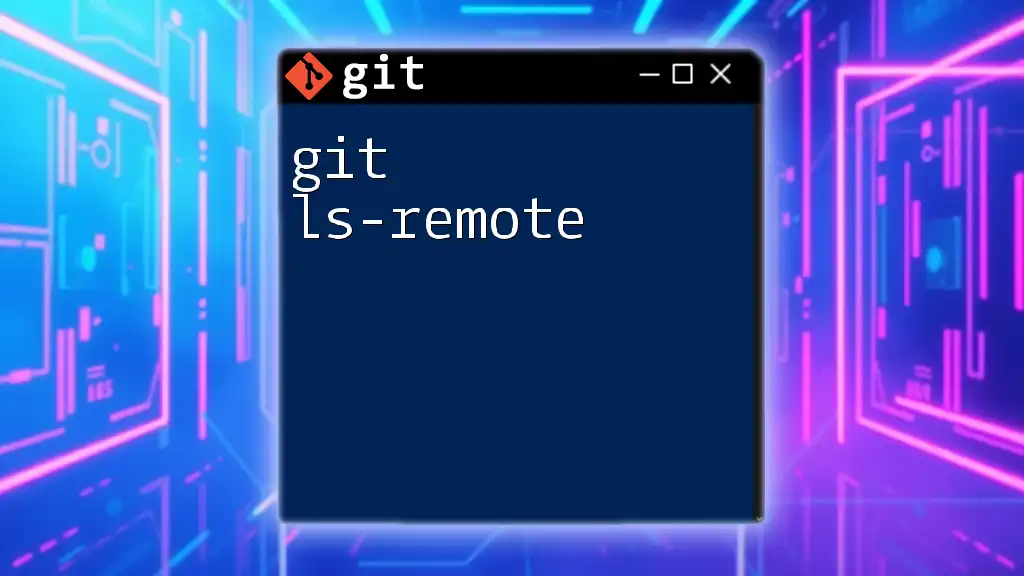"Git leaks" refer to unintentional exposure of sensitive information, such as passwords or API keys, in a Git repository, often due to improper handling of commit history or configuration files.
Here's a way to check for sensitive information that might be leaked in your repository:
git grep -E "password|secret|key" -- '*.env' '*.json' '*.yaml'
Understanding Git Leaks
What Are Git Leaks?
Git leaks refer to the unintentional exposure of sensitive data through Git repositories. This can include credentials, private keys, API tokens, and confidential files that developers inadvertently commit to their repositories. Such incidents can have severe ramifications, impacting both the organization and its users.
Real-World Examples of Git Leaks
There have been numerous high-profile cases where companies faced significant data breaches due to Git leaks. For instance, in 2019, a major cloud provider accidentally exposed sensitive data, resulting in financial losses as well as damage to its reputation. The leaking of crucial information can lead to legal repercussions, financial penalties, and a loss of trust among clients and users. Understanding these consequences is vital for developers and teams.
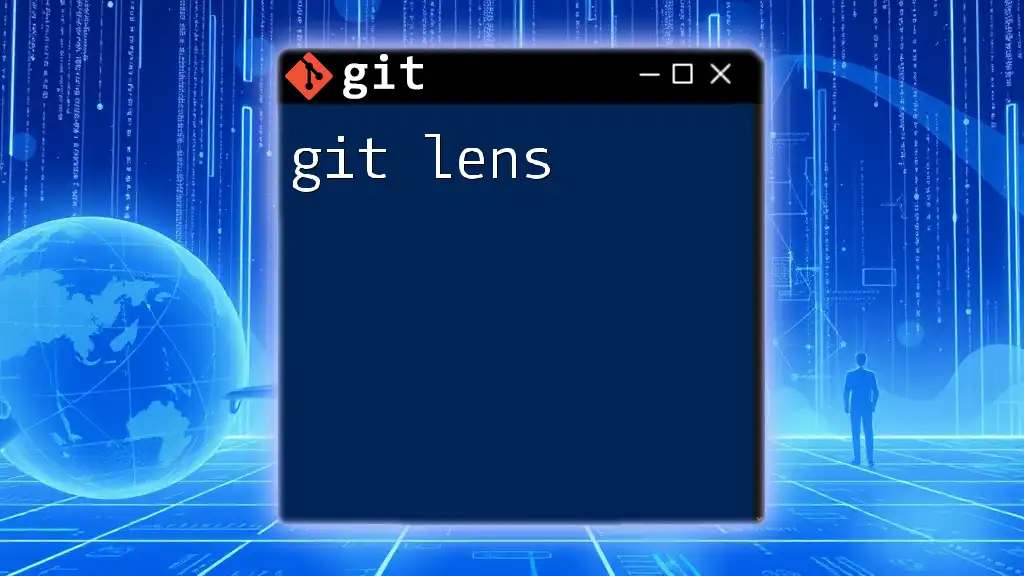
Why Do Git Leaks Happen?
Lack of Awareness
One of the primary reasons Git leaks occur is lack of awareness. Developers may not recognize the risks associated with committing sensitive information, often treating Git as merely a tool for version control without fully comprehending its implications on security.
Misconfigured Repositories
Misconfigurations in repositories can also lead to leaks. For instance, failing to set up a `.gitignore` file appropriately can cause sensitive files to be tracked by Git, making them part of the commit history and potentially exposing them to public access.
Poor Practices
Developers sometimes engage in practices that inadvertently lead to leaks. For example, when sharing repositories or collaborating without auditing, it is easy to overlook sensitive data that could be exposed. Poor documentation practices may also result in oversight, putting data at risk.

Identifying Git Leaks
Reviewing Commit History
To identify potential Git leaks, one effective method is reviewing the commit history. You can use the command:
git log --stat
This command shows you the contribution of each commit, including modifications made to files. By analyzing the history, developers can peer into changes over time, but visualizing this data is often more effective. Tools like `gitk` enable a graphical representation, making it easier to spot patterns and anomalies.
Searching for Sensitive Information
Another approach for detecting leaks is searching for sensitive keywords in the repository. Use:
git grep "password"
This command scans your entire repository for instances of the word "password." While this is a simple search, broader searches may require defining additional keywords relevant to your organization’s security policies.
Using Static Analysis Tools
Static analysis tools can automate the process of scanning for sensitive information. Tools such as GitRob and TruffleHog are invaluable for this purpose. For example, to use GitRob, you can clone its repository:
git clone https://github.com/msecure/gitrob.git
After setting it up, you can run it against your repositories, allowing it to identify potentially leaked secrets automatically.
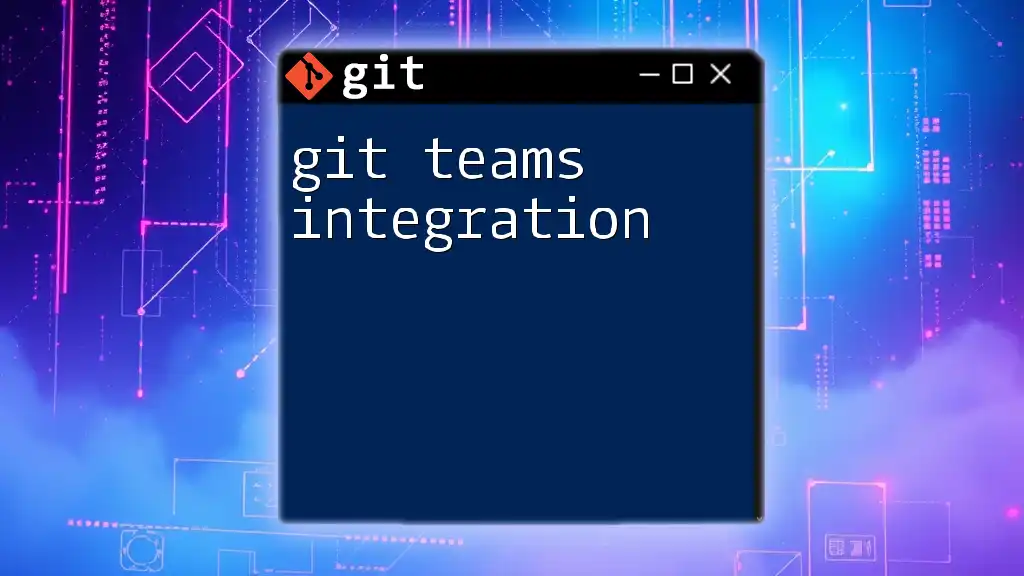
Preventing Git Leaks
Best Practices for Avoiding Sensitive Data in Repositories
Establishing and maintaining a comprehensive `.gitignore` file should be one of the first lines of defense against Git leaks. An effective `.gitignore` file should include patterns to ignore sensitive files. A basic example might look like this:
# Ignore credentials
*.enc
.env
Such patterns ensure that files containing sensitive information do not get inadvertently tracked and committed to the repository.
Implementing Pre-Commit Hooks
To reinforce security, pre-commit hooks can be implemented. These scripts run before a commit is finalized, ensuring that sensitive data isn’t added. Here’s a sample pre-commit hook script:
#!/bin/sh
if git diff --cached | grep -q "password"; then
echo "Error: Attempt to commit sensitive data"
exit 1
fi
This check scans for the keyword “password” in any staged changes. If detected, the commit is blocked, providing an immediate safeguard.
Regular Audits
Conducting regular audits of repositories is essential for detecting any unauthorized data. Set up a schedule to review repositories for leaks consistently. During the audit, utilize earlier mentioned tools and practices to thoroughly inspect the repository’s history and contents.

What To Do If a Leak Occurs
Immediate Actions
If a leak is discovered, taking immediate action is crucial. Start by revoking any compromised credentials and removing the sensitive data from the repository. Its deletion from the working directory is not sufficient; it’s essential to wipe it from the commit history as well.
Cleaning Up the Repository
To clean up the repository and remove sensitive data from its history, you can use the following command:
git filter-branch --force --index-filter \
'git rm --cached --ignore-unmatch path/to/sensitive_file' \
--prune-empty --tag-name-filter cat -- --all
This command simplifies the process, ensuring that the identified sensitive files are purged from all commits in the repository.
Informing Affected Parties
Transparency is key following a leak. You have an ethical obligation to inform any affected parties, including users and stakeholders, regarding the breach. Communicating the nature of the leak, potential consequences, and actions taken helps maintain trust and can mitigate fallout.
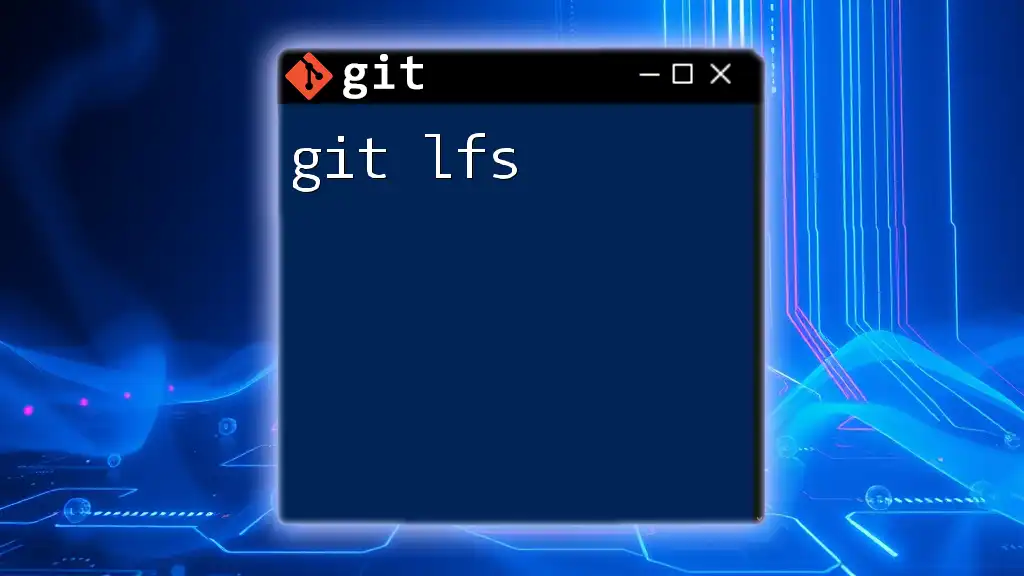
Tools and Resources for Managing Git Leaks
Recommended Tools
Several tools can facilitate the detection and prevention of Git leaks. Some popular choices include GitGuardian and Gitleaks. These tools automate the scanning process and notify teams of potential issues, significantly enhancing security.
Learning Resources
To enhance your knowledge and skills regarding Git, consider exploring various online courses, books, and blogs dedicated to Git best practices. Continuously educating yourself and your team on security best practices is a vital component of maintaining secure repositories.
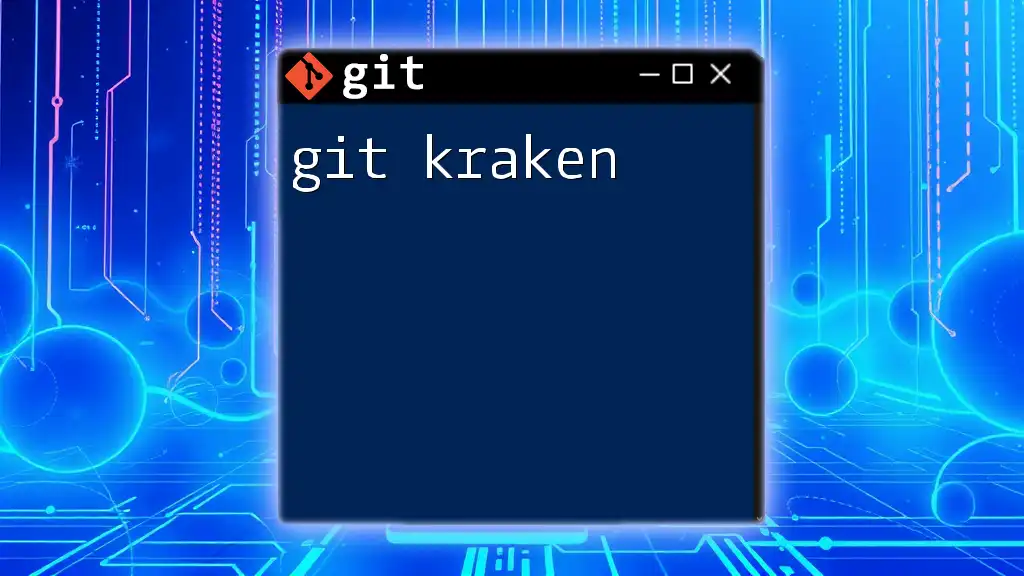
Conclusion
In conclusion, understanding git leaks, recognizing their causes, and adopting preventive measures are crucial steps for any development team. By implementing best practices, regularly auditing repositories, and using the right tools, developers can significantly mitigate the risks associated with sensitive data exposure in Git.
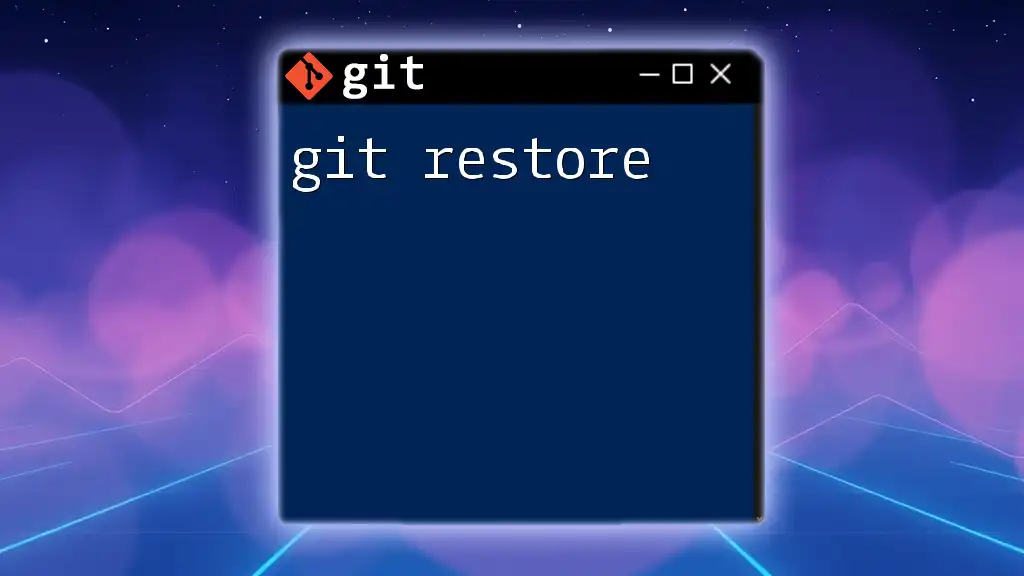
Call to Action
If you’re looking to deepen your understanding of Git and security practices, consider joining our training sessions. Together, we can equip you with the necessary skills to navigate Git's complexities while safeguarding your projects.
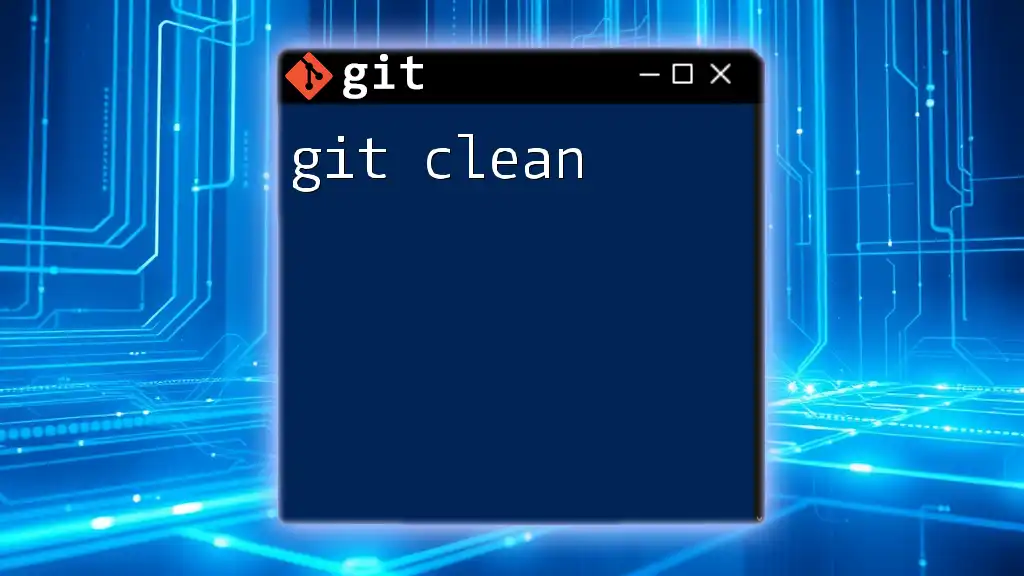
Additional References
For further reading and research, explore additional resources that delve into Git security and best practices.

